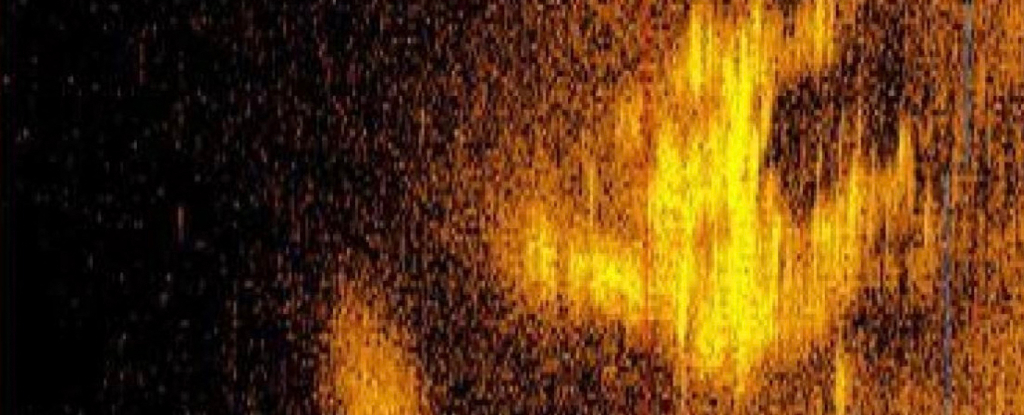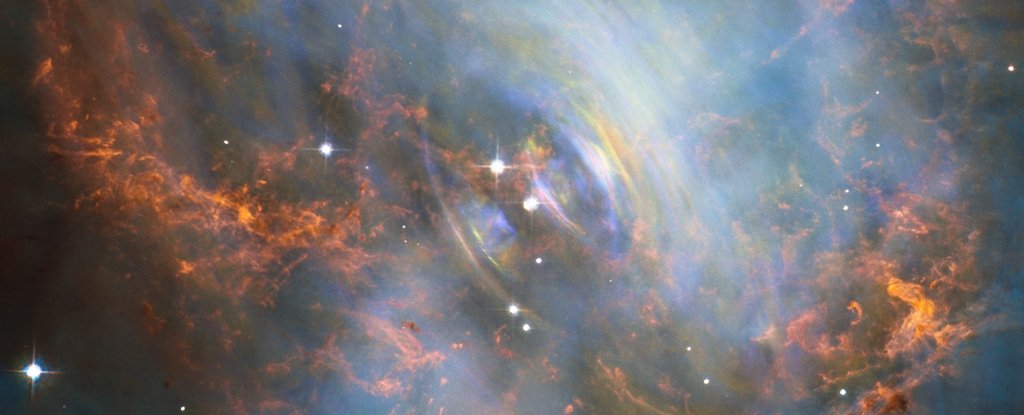ARTICLE AD
A pair of still-attached probes just completed the closest flyby of the solar system’s least explored planet, capturing the first clear view of Mercury’s impact craters.
BepiColombo pulled off its fourth gravity assist of Mercury on Wednesday, approaching the planet’s cratered surface at the closest distance of 102 miles (165 kilometers) at 5:48 p.m. ET. During its flyby, the spacecraft captured a series of stunning images that reveal Mercury’s unique features.
 Bepicolombo Captures Newly Named Stoddart Crater. Credit: ESA
Bepicolombo Captures Newly Named Stoddart Crater. Credit: ESA Using BepiColombo’s three monitoring cameras, the spacecraft captured Mercury’s surface from three different angles. Around four minutes after the spacecraft’s closest approach to Mercury, the planet’s mysterious craters came into view. One of the craters, which measures around 96 miles across (155 kilometers), got its name in honor of the anticipated flyby.
“When we were planning for this flyby, we saw that this crater would be visible and decided it would be worth naming due to its potential interest for BepiColombo scientists in the future,” David Rothery, professor of planetary geosciences at the UK’s Open University, and a member of the BepiColombo M-CAM imaging team, said in a statement. The crater was given the name Stoddart by the International Astronomical Union after Margaret Olrog Stoddart, an artist from New Zealand known for her flower paintings.
Mercury’s impact craters, also known as peak ring basins, were created as a result of asteroids or comets smashing into the tiny planet. Many of them, however, were flooded by volcanic lava flows long after the initial impact. “Mercury’s peak ring basins are fascinating because many aspects of how they formed are currently still a mystery,” Rothery said. “The rings of peaks are presumed to have resulted from some kind of rebound process during the impact, but the depths from which they were uplifted are still unclear.”
 A snapshot of BepiColombo’s closest approach to Mercury. Credit: ESA
A snapshot of BepiColombo’s closest approach to Mercury. Credit: ESA BepiColombo approached Mercury from the planet’s nightside, with the Sun illuminating its cratered surface as the spacecraft drew nearer. This allowed the spacecraft to capture the clearest views of the innermost planet, with 4.6 billion years worth of scarring littered across its surface, telling the story of Mercury’s evolution.
“The main aim of the flyby was to reduce BepiColombo’s speed relative to the Sun, so that the spacecraft has an orbital period around the Sun of 88 days, very close to the orbital period of Mercury,” Frank Budnik, BepiColombo’s flight dynamics manager, said in a statement. “In this regard it was a huge success, and we are right where we wanted to be at this moment. But it also gave us the chance to take photos and carry out science measurements, from locations and perspectives that we will never reach once we are in orbit.”
 BepiColombo’s closest view of Mercury. Credit: ESA
BepiColombo’s closest view of Mercury. Credit: ESA BepiColombo launched in October 2018 as a joint mission between the European Space Agency (ESA) and the Japan Aerospace Exploration Agency (JAXA). Each space agency provided an orbiter to explore Mercury’s surface, interior, and magnetic field. ESA’s Mercury Planet Orbiter (MPO) and JAXA’s Mercury Magnetosphere Orbiter (MMO) launched together on a single spacecraft, and each are designed to enter its respective orbit around Mercury.
The mission was going according to plan, scheduled for an orbital insertion around Mercury in December 2025. Before a scheduled maneuver in April, however, the spacecraft’s Transfer Module, which is responsible for generating thrust, failed to deliver enough electrical power to BepiColombo’s thrusters. To ensure BepiColombo makes it to Mercury, the mission team devised a new trajectory that would allow the spacecraft to use lower thrust, delaying its arrival to the planet to November 2026.
“BepiColombo is only the third space mission to visit Mercury, making it the least-explored planet in the inner Solar System, partly because it is so difficult to get to,” Jack Wright, ESA research fellow, and M-CAM imaging team coordinator, said in a statement. “It is a world of extremes and contradictions, so I dubbed it the ‘Problem Child of the Solar System’ in the past.”
On March 18, 2011, NASA’s MESSENGER entered a near-polar eccentric orbit around Mercury, coming to within 124 miles (200 km) of the planet, according to the space agency. While MESSENGER held the record for the closest approach to Mercury during its mission, BepiColombo now claims the title, achieving an even closer flyby, providing even more detailed views of Mercury’s tortured landscape.
More: Watch Stunning Timelapse of First Ever Lunar-Earth Flyby

 2 months ago
21
2 months ago
21 

